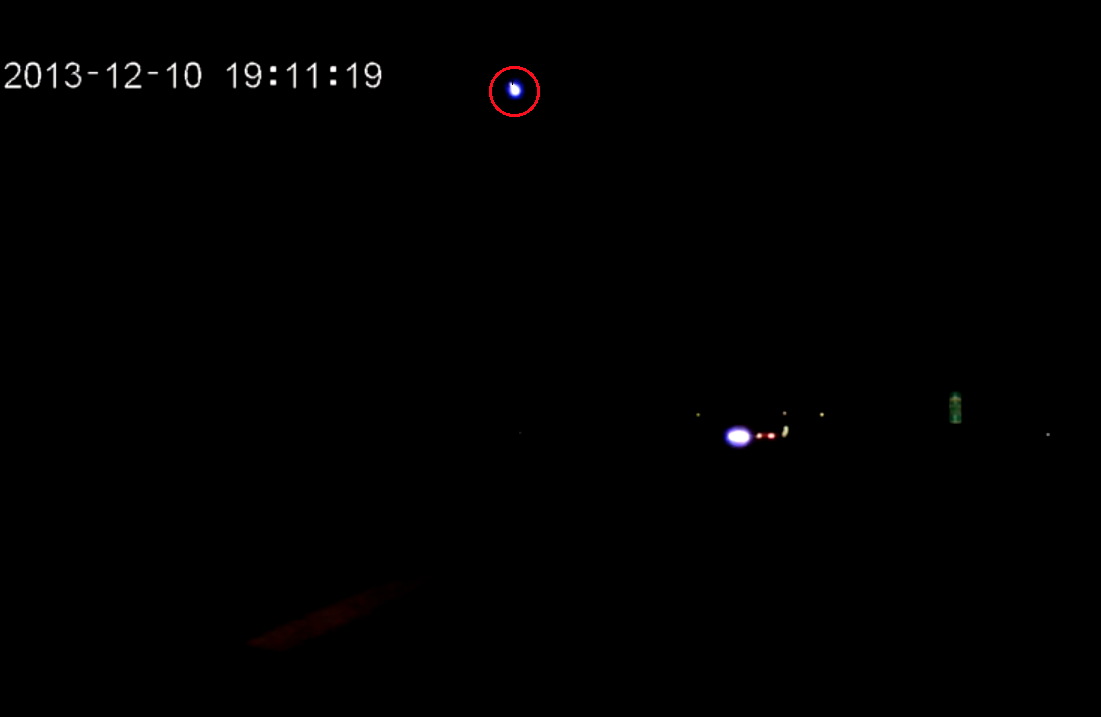Dazzling Arizona Fireball Sparks Weekend Meteor Shower Interest

The Geminid meteor shower — one of the most spectacular meteor displays of the year — may hit its peak this weekend, but some stargazers in Arizona got a sneak preview of the celestial light show Tuesday night (Dec. 10).
A meteor exploded over Arizona, rattling windows and producing at least one loud boom, according to press reports, but the meteor explosion itself was not part of the Geminid meteor shower, a meteor expert says.
"It [the meteor explosion] was picked up by two of our meteor cameras in New Mexico as well as cameras in Arizona and the preliminary trajectory shows that it was definitely not a Geminid," NASA meteor expert Bill Cooke told reporters today. "It was moving way too slow and coming from the wrong direction." [See photos of the 2012 Geminid meteor shower]
The Geminid meteor shower — so named for it radiant point in the constellation Gemini — is set to peak in the overnight hours from Dec. 13 to 14. At its height, skywatchers in dark areas should be able to see anywhere from 90 to 120 meteors per hour, weather permitting, according to some forecasts.
Observers will have the best chance to see the so-called "shooting stars" after 4 a.m. local time when the waxing moon sets. Under usual circumstances, it's better to catch the Geminids a little after midnight local time, however, this year, the moon could get in the way, making the 4 a.m. hour a better bet.
Geminid meteors can be slow and bright with a yellowish hue, but sometimes the shower produces bright fireballs.
"The best thing to do to observe meteors is to lie flat on your back and look straight up," Cooke said. "You don't want to look at Gemini, you just want to look straight up and take in as much of the sky as possible because meteors can appear anywhere in the sky and the more sky you see, the better you chance of seeing a meteor."
Breaking space news, the latest updates on rocket launches, skywatching events and more!
The Geminids are created each year when Earth passes through dust left behind by the asteroid 3200 Phaethon. The shower was first documented in the 1800s when there were only 10 to 20 meteors per hour at peak, however, the intensity of the shower has increased over the years.
Editor's note: If you have an amazing night sky photo of the Geminids or any other view you'd like to share for a possible story or image gallery, please contact managing editor Tariq Malik at spacephotos@space.com.

Miriam Kramer joined Space.com as a Staff Writer in December 2012. Since then, she has floated in weightlessness on a zero-gravity flight, felt the pull of 4-Gs in a trainer aircraft and watched rockets soar into space from Florida and Virginia. She also served as Space.com's lead space entertainment reporter, and enjoys all aspects of space news, astronomy and commercial spaceflight. Miriam has also presented space stories during live interviews with Fox News and other TV and radio outlets. She originally hails from Knoxville, Tennessee where she and her family would take trips to dark spots on the outskirts of town to watch meteor showers every year. She loves to travel and one day hopes to see the northern lights in person. Miriam is currently a space reporter with Axios, writing the Axios Space newsletter. You can follow Miriam on Twitter.

